As the world transforms into a winter wonderland, the allure of hiking in the snowy landscapes becomes irresistible.
The glistening trails, the tranquil silence, and the crisp, cold air offer a unique outdoor adventure that’s both exhilarating and serene.
Yet, embarking on a winter hike requires more than just the enthusiasm to explore; it demands careful preparation, the right gear, and an understanding of the season’s challenges.
In this guide, we’ll take you through the essential tips and considerations for hiking in winter.
Whether you’re a seasoned winter hiker or it’s your first time venturing into the frosty wilderness, these insights will help you make the most of your snowy trek while staying safe and comfortable.
Contents
1. Understanding Winter Conditions
Before venturing into the winter wilderness, it’s essential to familiarize yourself with the distinct conditions that characterize this season.
Here’s what you should know:
Cold Temperatures
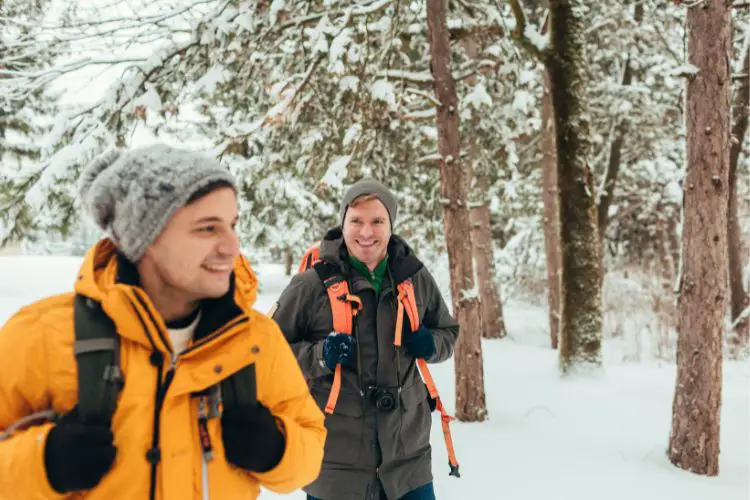
Winter’s chill requires careful dressing. Layering remains key to regulating your body temperature.
Put on a moisture-wicking base layer first, then layer on insulating clothing, and complete your outfit with a waterproof and windproof outer layer.
Don’t overlook the importance of protecting extremities with warm gloves, a hat, and insulated waterproof boots.
Snow and Ice on the Trails
The transformation of trails into snowy wonderlands can be enchanting, but it comes with potential hazards.
The trails may become slippery, so equip yourself with appropriate footwear like crampons or microspikes for icy terrain.
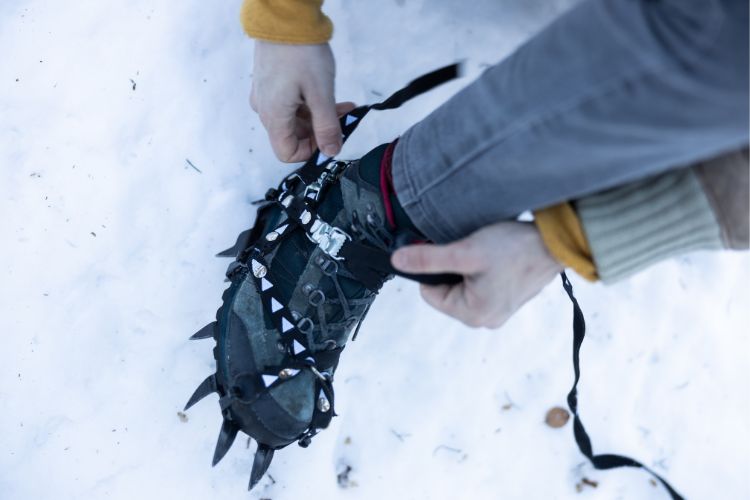
Shorter Daylight Hours
In winter, daylight hours are limited, which means strategic planning is essential.
Always carry reliable lighting sources such as headlamps and flashlights with extra batteries.
Darkness can descend swiftly, so start your hike early to make the most of the available daylight.
2. Safety in Winter Hiking
As you prepare for winter hiking, remember that safety should always be your top concern. The challenges of the season demand your full attention and preparedness.
Let’s take a closer look at what you should do and what you can expect to encounter during your winter hiking journeys.
Cold-Related Injuries
Cold-related injuries, particularly hypothermia and frostbite, are genuine concerns in winter.

Be vigilant for signs such as shivering, confusion, and slurred speech for hypothermia, as well as numbness and discolored skin for frostbite.
To prevent these conditions, you should dressing in layers, staying dry, and maintaining physical activity.
Potential Avalanche Risks
In some regions, especially those at higher elevations, avalanches are a significant concern.
Check avalanche forecasts before heading out, carry necessary safety equipment like probes and shovels if you’re in avalanche-prone areas, and consider taking an avalanche safety course to enhance your knowledge.
Importance of Hiking in Groups
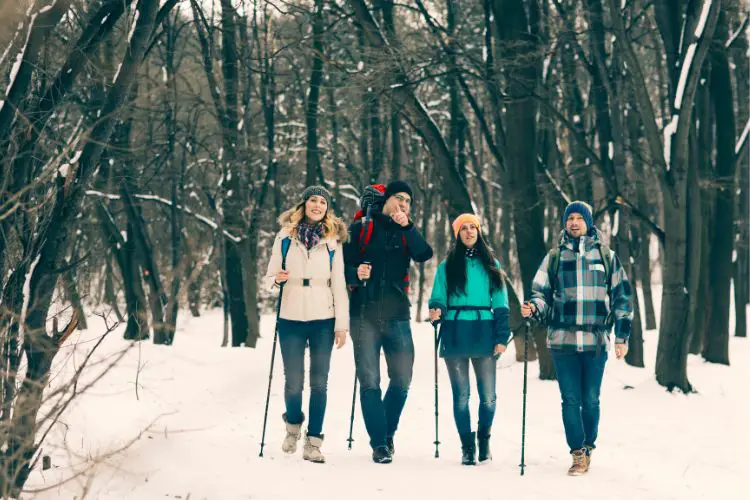
Winter hiking is safer when done in groups. If someone gets injured or lost, you have immediate support.
Additionally, always share your hiking plans and expected return times with someone who is not on the hike.
This provides a way to call for assistance if necessary.
Safety Tips for Hiking Alone
While it’s generally safer to hike in groups during winter, some adventurous souls prefer solitary journeys.
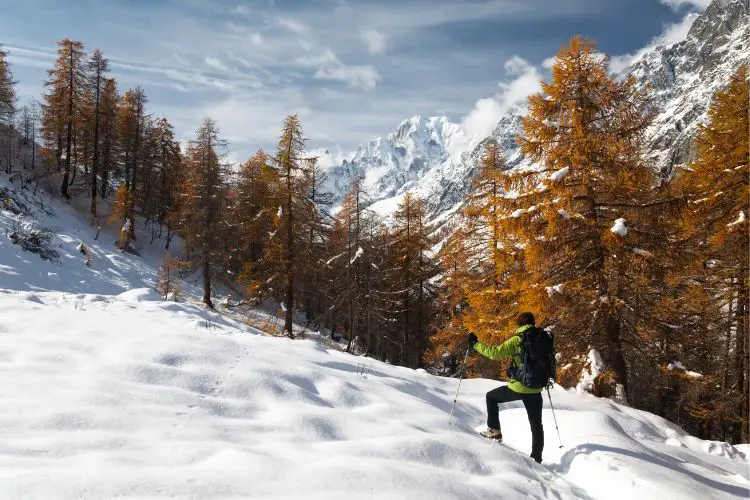
If you’re one of them, consider these additional safety tips:
- Notify someone of your plans and your anticipated return time.
- Carry a satellite communication device or a personal locator beacon (PLB) for emergencies.
- Pay even closer attention to the weather forecast and be more conservative in your route choices.
- Stay on well-marked and well-traveled trails.
- Trust your instincts and turn back if conditions worsen or if you encounter difficulties.
3. Gear and Equipment
In the world of winter hiking, your gear and equipment are your most trusted companions. They can make the difference between a safe, enjoyable adventure and a potentially risky one.
Let’s explore the essentials you must have to ensure a successful winter hike.
Winter-Specific Gear
Investing in winter-specific gear is vital.
This includes insulated waterproof boots (like hiking boots for snow), warm clothing, gloves, and a winter jacket.
These items are essential for staying warm and dry amidst cold and wet conditions.
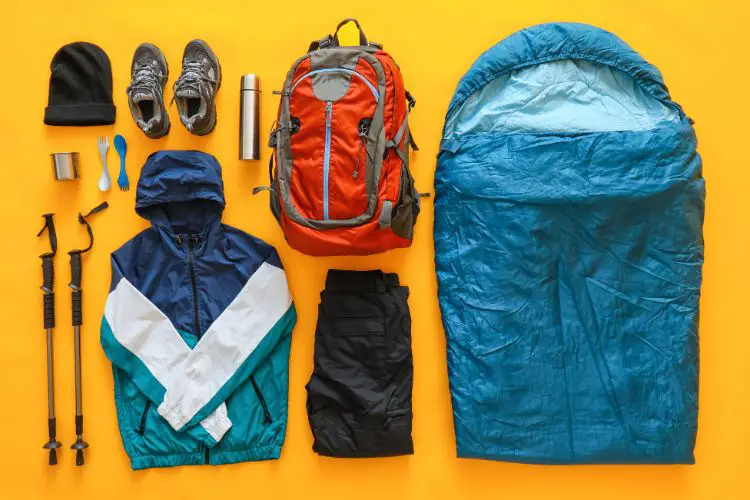
Essential Safety Gear
In addition to proper clothing, carry a well-stocked first aid kit, emergency shelter, a whistle, and fire-starting materials.
Navigation tools such as maps, a compass, and a GPS device are also crucial, especially when snow obscures trail markers.
4. Hydration and Nutrition
Keeping your energy up and staying properly hydrated are essential elements of a successful winter hike. Let’s dive into what you need to know.
Staying Hydrated in Cold Weather
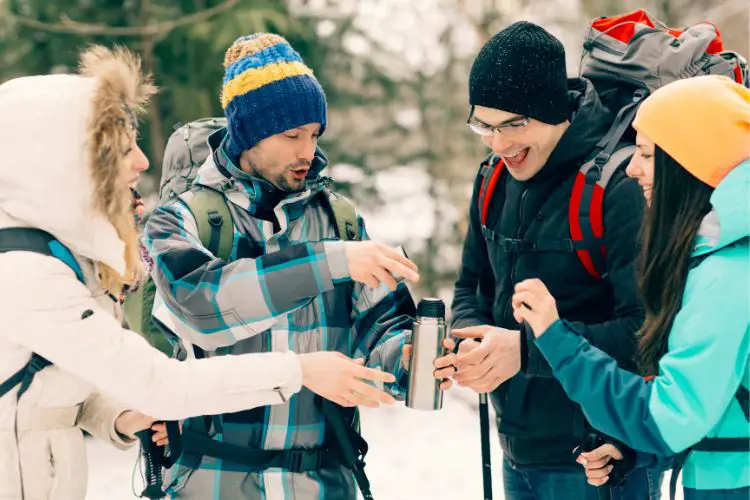
Even in cold weather, staying hydrated is crucial to your well-being.
It’s easy to underestimate your fluid needs, but dehydration can occur, even in the dry, cold air. Make sure to drink fluids regularly during your winter hike to prevent this.
Accessing Water Sources
Winter landscapes can transform water sources into frozen obstacles. Plan ahead by considering the availability of liquid water on your route.
To prevent your own water from freezing, opt for an insulated water bottle or a hydration system.
High-Energy Snacks
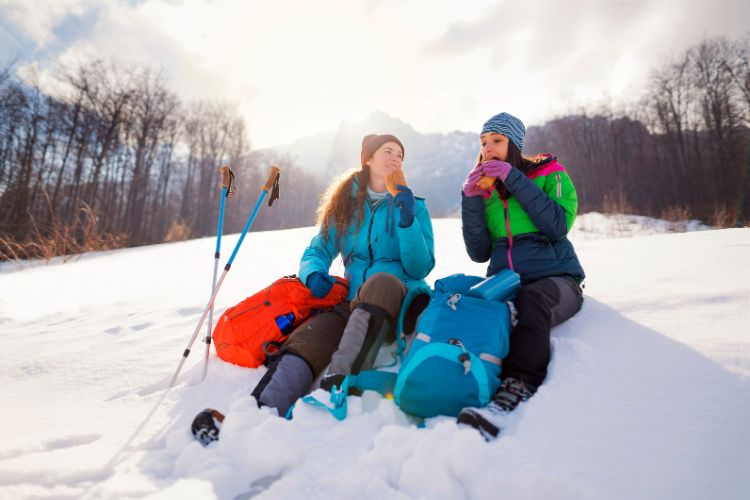
Winter hiking demands more energy due to the cold, so it’s vital to maintain your fuel reserves.
Include high-energy snacks in your provisions, such as nuts, dried fruit, and energy bars. These portable, calorie-dense options will help you keep your energy levels up, ensuring a successful winter hike.
Snow can obscure trails and trail markers, making navigation challenging.
Familiarize yourself with navigation tools like maps, a compass, and a GPS device.
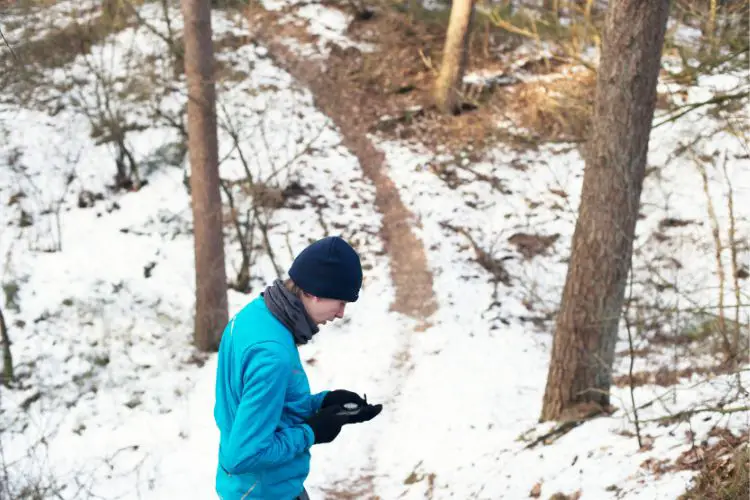
Understanding how to use them effectively is crucial, especially when visibility is low.
6. Leave No Trace Principles
Winter ecosystems can be delicate.
Stick to established trails to avoid damaging vegetation, and adhere to Leave No Trace principles by packing out all waste, including human waste.
7. Knowing When to Turn Back
Always be prepared to adjust your plans or turn back if conditions worsen or if you encounter unexpected challenges.
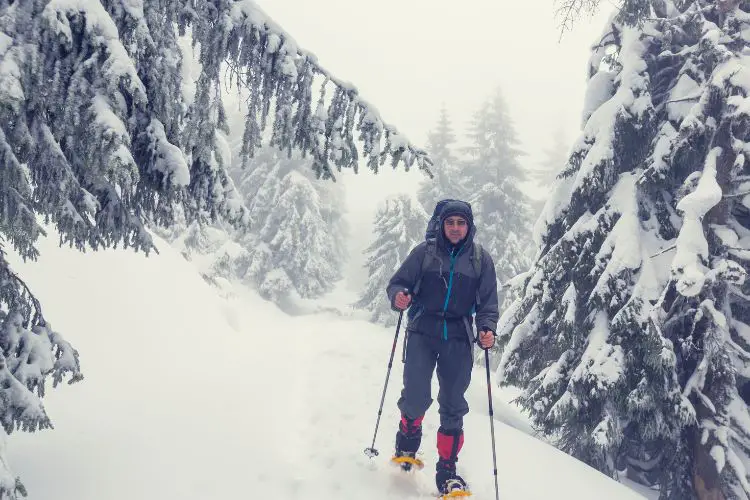
Safety should always take precedence over reaching your intended destination.
Conclusion
Winter hiking is an experience that promises unforgettable moments amidst breathtaking landscapes.
As you lace up your boots and step onto those snowy trails, remember that preparation and awareness are your best companions.
By following the guidelines and tips provided in this guide, you’ll not only conquer the cold but also forge memories that will warm your heart for years to come.
So, embrace the chill, breathe in the crisp air, and let the beauty of winter enchant you as you explore the great outdoors.
With the right knowledge and gear, your winter hiking adventures are bound to be both thrilling and safe. Happy hiking!

